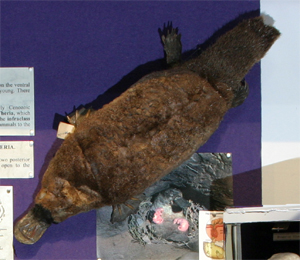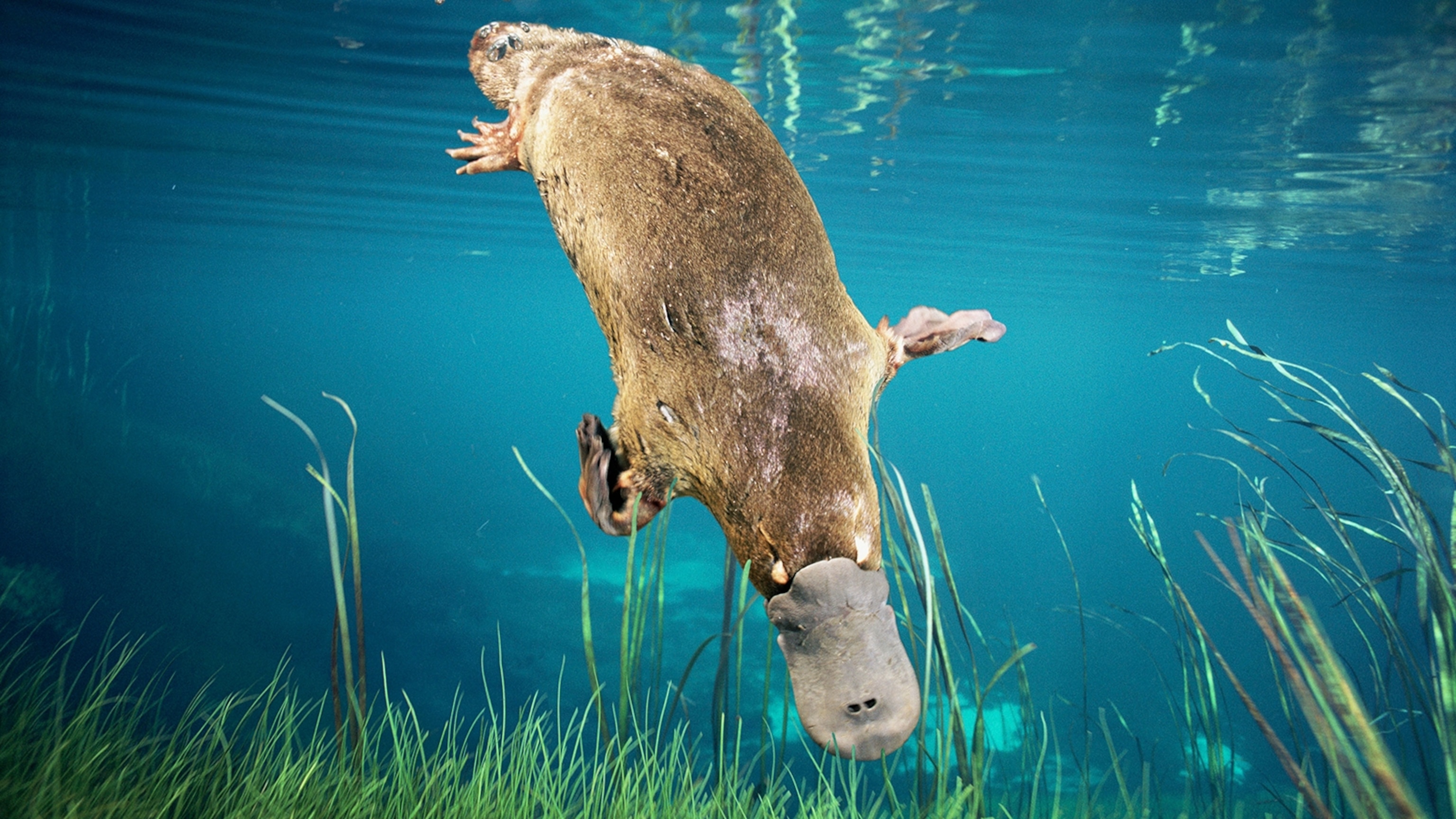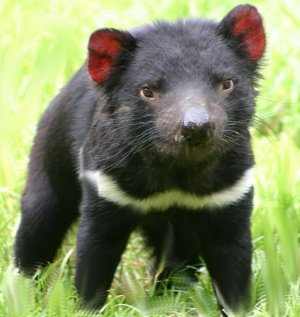

This, and the arrangement of their sturdy limbs, gives the platypus and echidna an ungainly lizard-like gait swinging their sprawled limbs out to the side as they move, rather than bringing them directly under the body like other mammals.Įchidnas “trailing” one another in Taronga Zoo. Reptilian and bird resemblances continue in the bones, as monotremes retain a complex pectoral girdle: bones around the chest and shoulders that provide a frame for muscle attachments.

When it comes to sex, monotremes party with a busy compliment of ten chromosomes – five X-chromosomes and five Y-chromosomes – and their X is more like the Z sex-chromosome of birds. This hole is called a cloaca, and is more commonly seen in reptiles, amphibians and birds than mammals (golden moles and tenrecs also have one, making them unique among placental mammals). Monotreme means “single hole”, referring to the multi-purpose opening in their rear end used for both excretion and reproduction.

Long-beaked echidna ( Zaglossus bruijni). Like our ancient reptilian cousins, they lay eggs. But unlike other mammals alive today, they don’t gestate their young inside the womb, nor do they keep them in a pouch like the marsupials. They also share skeletal mammal traits, such as a single bone in the lower jaw – the dentary – and three middle ear bones called the malleus, incus and stapes. Like the marsupials and the largest mammal group alive today, the placental mammals, the monotremes are furry, warm-blooded, and produce milk. They are the only representatives of this group left, surviving among the marsupials of Australia, Tasmania and New Guinea. The platypus and its closest relative, the echidna, belong to an order of mammals called the monotremes (Monotremata). From its webbed toes to the tip of its fat tail, the platypus ( Ornithorhynchus anatinus) is packed with features that whisper of their ancient lineage, while their fossils and DNA leave us wondering if they are really so weird, or if it might be the rest of us who are the oddballs?
#Are duck billed platypus marsupials skin
Females nurse their young for three to four months until the babies can swim on their own.Their strangeness is more than skin deep. The eggs hatch in about ten days, but platypus infants are the size of lima beans and totally helpless. A mother typically produces one or two eggs and keeps them warm by holding them between her body and her tail. It is one of only two mammals (the echidna is the other) that lay eggs.įemales seal themselves inside one of the burrow's chambers to lay their eggs. Platypuses use their nails and feet to construct dirt burrows at the water's edge. However, the webbing on their feet retracts to expose individual nails and allow the creatures to run.

On land, platypuses move a bit more awkwardly. Platypuses do not have teeth, so the bits of gravel help them to “chew” their meal. All this material is stored in cheek pouches and, at the surface, mashed for consumption. They scoop up insects and larvae, shellfish, and worms in their bill along with bits of gravel and mud from the bottom. These Australian mammals are bottom feeders. In this posture, a platypus can remain submerged for a minute or two and employ its sensitive bill to find food. Folds of skin cover their eyes and ears to prevent water from entering, and the nostrils close with a watertight seal. Platypuses hunt underwater, where they swim gracefully by paddling with their front webbed feet and steering with their hind feet and beaverlike tail. They have sharp stingers on the heels of their rear feet and can use them to deliver a strong toxic blow to any foe. The animal is best described as a hodgepodge of more familiar species: the duck (bill and webbed feet), beaver (tail), and otter (body and fur). In fact, the first scientists to examine a specimen believed they were the victims of a hoax. The platypus is among nature's most unlikely animals.


 0 kommentar(er)
0 kommentar(er)
